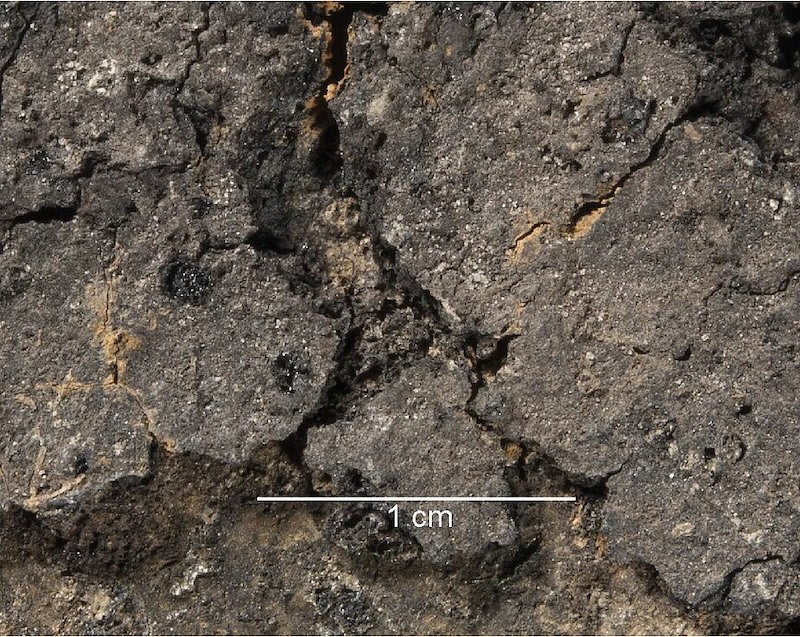Ancient pottery sheds light on culinary practices

Neolithic pottery fragments discovered in northern Germany provide valuable insights into food and its preparation from 5,000 years ago
Archaeobotanical studies conducted on the charred remnants of Neolithic pottery discovered at Oldenburg LA 77, an ancient settlement in Ostholstein, have unveiled a diverse array of food items and provided insights into their culinary preparation methods. This village, situated in Schleswig-Holstein in northern Germany, stands as one of the oldest in the region.
The findings, featured in the journal PLOS ONE, highlight the identification of tissue remains from emmer wheat and barley grains. Additionally, the study uncovered seeds of white goosefoot, a wild plant known for its prolific growth as a weed and its production of numerous starchy seeds.

The research hughlights that Neolithic cuisine was far from monotonous, revealing a rich variety of food. The charred remnants of cooking pots suggest that cereals and dairy products were likely cooked into a porridge within these vessels for daily consumption. This practice hints at a well-rounded dietary foundation, contributing to a balanced and diverse nutritional intake during the Neolithic period.
Source: Newsroom



